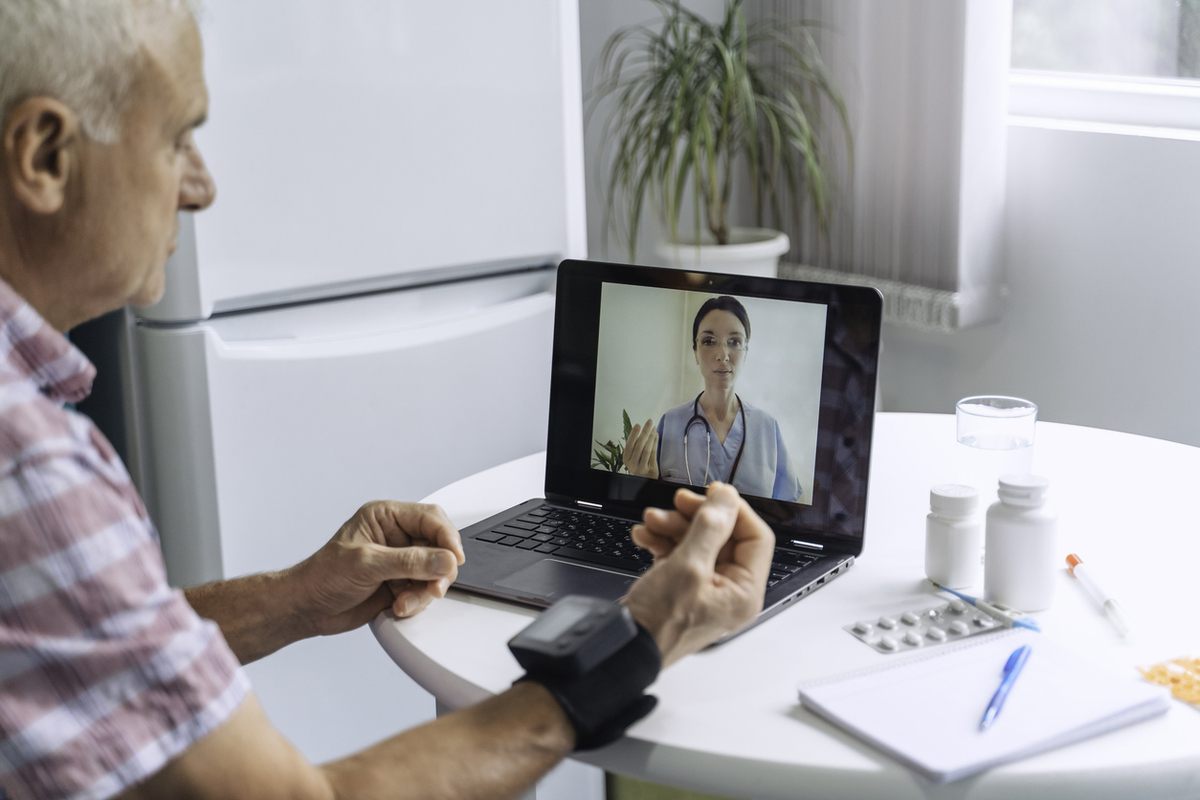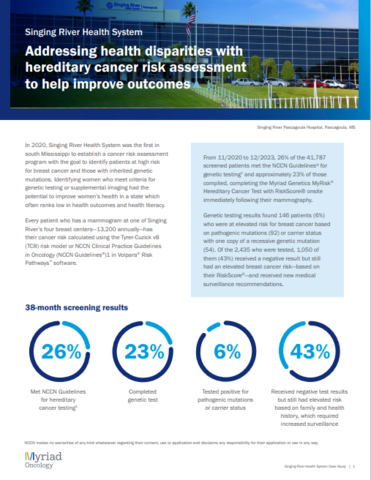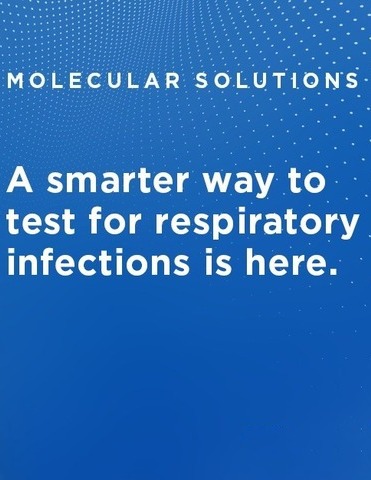Leveraging telehealth through digital technology and integrations with private providers
How remote consultations, remote patient monitoring and virtual wards can relieve the UK’s public health system from its current strain

With systemic problems laid bare by an aging population, labour shortages and funding constraints, healthcare systems across the Western world are increasingly turning to digital technology to manage growing bottlenecks.
While news of endless waiting lists, instances of corridor care and alarming ambulance delays in the NHS suggest that this is a uniquely British crisis, similar challenges are emerging across Europe.
Yet digital transformation is already yielding encouraging results. The NHS App, launched in 2019 and recently enhanced with new features, has helped save an estimated £622 million by freeing up 5.7 million staff hours and reducing 1.5 million missed appointments. Though modest relative to the NHS’s £188.5 billion budget, it demonstrates the enormous impact that small efficiencies can have at scale.
This £622 million saving has been achieved by relatively straightforward technological improvements such as empowering patients through the NHS app to manage their appointments or switching from paper-based to digital communication.
If such improvements can yield significant benefits, the potential of more advanced technologies – such as telemedicine, remote consulting with healthcare providers, remote monitoring or hospital-level care at home – “virtual wards” – have the true potential of bringing about a step-change in how the NHS operates.
Remote medical appointments
As the pandemic accelerated the shift to remote work, it also provided the push necessary for both doctors and patients to take the plunge and share highly sensitive personal information online.
Telemedicine uses secure digital platforms to deliver consultations remotely. One of the key selling points of telemedicine platforms is their encryption and data security features.
Although the providers of these platforms may have entered the telemedicine sector from different verticals – there are messaging incumbents, triage start-ups and digital-healthcare providers among them – they all pitch their products as compliant with EHDS (European Health Data Space), HIPAA, the US federal standard for protecting sensitive health information, and GDPR.
Another key feature to consider is how they integrate with healthcare information systems.
Some of them, such as Accurx, a UK-based healthcare communication platform, is deeply integrated with the NHS’s systems, storing and coding communications directly into clinical health records.
Meanwhile, Anima, a care enablement platform, pulls clinical records into its ecosystem via GP connect, an NHS service enabling the sharing of patient data between authorised health professionals.
Although the numbers are not available for the entire NHS, Jamie Griffin, Head of NHS Partnerships at Livi, the UK operation of Swedish start-up Kry, said in November 2024 that the company delivers more than 7,000 appointments per week through supporting more than 170 primary care networks .
Remote patient monitoring and virtual wards
Digitalisation is also changing core NHS functions. With medical IoT devices and health trackers becoming more reliable, remote patient monitoring is growing rapidly.
Inhealthcare, a leading provider of remote patient monitoring and virtual boards, now part of ResMed, claims to monitor 4 million patients across the UK. Remote monitoring platforms typically offer data analytics capabilities as well, which help detect signs of deterioration and can send out real-time alerts based on personalised thresholds and data submitted by patients.
Additional capabilities include patient trend analysis and reporting features as well. Remote patient monitoring is also a feature to be included among the capabilities of the NHS app as part of its 10 year expansion plan.
The vital signs most often monitored by these apps include blood pressure, oxygen saturation, pulse, respiration rate and temperature.
Virtual wards, where patients are provided with hospital-level care in their own homes, takes remote patient monitoring to the next level. They rely not only on clinical-grade wearables, smart watches and health sensors to collect patient data but offer “hospital in a box”-type services too, with cloud-based medical equipment being delivered to patients’ homes.
The patient data collected through connected equipment and sensors is then sent to a virtual ward monitoring hub where it’s processed and compared against thresholds.
Remote care in home settings is complemented by physical visits by nurses, as well as virtual check-in once or twice per day. When the national virtual ward data was published in March 2025, capacity was at 12,825 beds, of which 9,767 were occupied by patients.
Remote monitoring and virtual wards are solutions that can be instrumental in freeing up hospital beds by offering a hospital-grade environment for pre-surgery monitoring and post-surgery recovery, as well as management for chronic conditions such as irritable bowel syndrome, gestational diabetes and respiratory diseases.
Moreover, some of the remote monitoring aspects can also be leveraged in care home settings, which can help resolve the strain that delayed hospital discharges cause and may also accelerate recovery in a familiar but medically equipped environment.
The measure of success for tele-healthcare
Improved functionalities of the NHS app and further partnerships of the health service with telehealth providers at scale can bring a profound change in all aspects of the UK’s public healthcare, including outpatient and A&E visits, the number of available hospital beds, GP visits and ambulance journeys.
In the long term, digitally enabled remote solutions have the potential to melt away waiting lists, shrink waiting times and turn corridor care into a temporary glitch of the past.
If the Labour government’s 10 Year Health Plan for England can run its full course across political trends and potential government changes, digital innovation can not only help manage the current crisis but also deliver on its main undertaking to create a health service that’s, as the programme’s title puts it, “fit for the future”.
Most Viewed
Winston House, 3rd Floor, Units 306-309, 2-4 Dollis Park, London, N3 1HF
23-29 Hendon Lane, London, N3 1RT
020 8349 4363
© 2025, Lyonsdown Limited. Business Reporter® is a registered trademark of Lyonsdown Ltd. VAT registration number: 830519543




